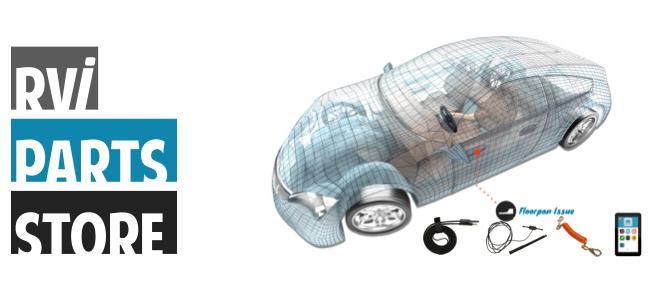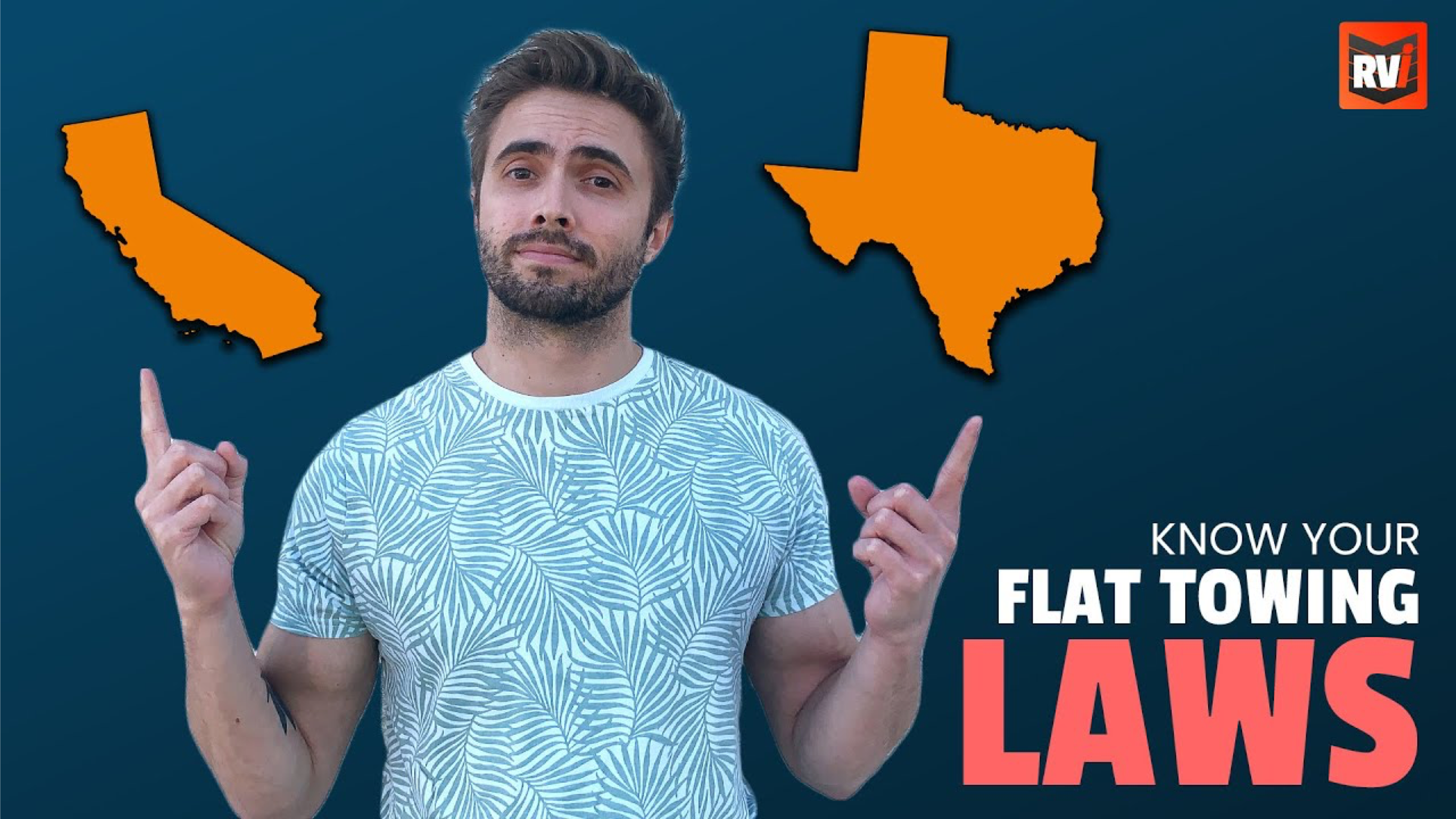What is Flat Towing?
Before we dive into the nitty-gritty of flat towing laws, let's first understand what flat towing actually means. Imagine hitching your car to the back of a motorhome or another vehicle and towing like a trailer on all four tires. That's flat towing, my friend! It's like giving your car a piggyback ride, but on wheels. 🐷
Are Flat Towing Laws a Thing?
Oh, you bet they are! Just like any other activity on the road, flat towing has its own set of rules and regulations. These laws are in place to ensure the safety of everyone involved and to prevent any mishaps along the way. 49 out of 50 states and all of Canada require a braking system. So, if you're planning to embark on a flat towing adventure, buckle up and let's explore some of these laws together!

Understanding Weight Limits
One of the key aspects of flat towing laws is the weight limit. Each state has its own specific regulations regarding the maximum weight that can be towed without a braking system. SEE HERE It's important to know these limits to be safe and legal. Most states are in the 3,000 lbs. range, so most towed vehicles easily fall in this category. So, before you hit the road, make sure you know what your car weighs and if you need a braking system. Safety first, folks!

Properly Equipping Your Towed Vehicle
When it comes to flat towing, the reason why weight matters is because of stopping distances. When your towed vehicle has a braking system you can actually stop your motorhome and towed faster than you can stop your motorhome on it's own.😳 Now that's safe. The difference on 10 ft stopping distance or even 5 can be the difference of a major accident. Braking systems for flat towing not only keep you legal but also ensure a smooth and secure towing experience for you and your family.
Don't Hesitate to Ask
Flat towing laws can be complex, and they may vary from state to state. If you're unsure about any aspect of the laws or need clarification, don't hesitate to reach out to us. We love to help our customers feel safe and ready for their RVing adventures.
Happy RVing!!!
Flat towing can be a fantastic way to explore the open road with your family and your trusty car in tow. However, it's crucial to understand and follow the flat towing laws to ensure a safe and enjoyable journey. Remember, knowledge is power, and in this case, it's also the key to a hassle-free towing experience. So, go ahead, adventure awaits!










@Steve Thanks so much!!
@Ho We’re glad you reached out for clarification! The goal of a braking system is to take the weight of the towed vehicle off the motorhome. If you don’t have a braking system, the stopping distance required is increased, because your towed vehicle will actually push you forward into traffic.
I really appreciate the help and advice you give to the RV community. It places you head and shoulders above the majority of vendors RVer’s use and buy products from.
WTG… whatever the high score is, you crush it.
Thank you
Steve
Do not understand this statement
“When your towed vehicle has a braking system you can actually stop your motorhome and towed faster than you can stop your motorhome on it’s own.😳”
Braking distance as I can understand will be compromised if extra weight (like a vehicle on tow) is added to the rescue vehicle.
Leave a comment